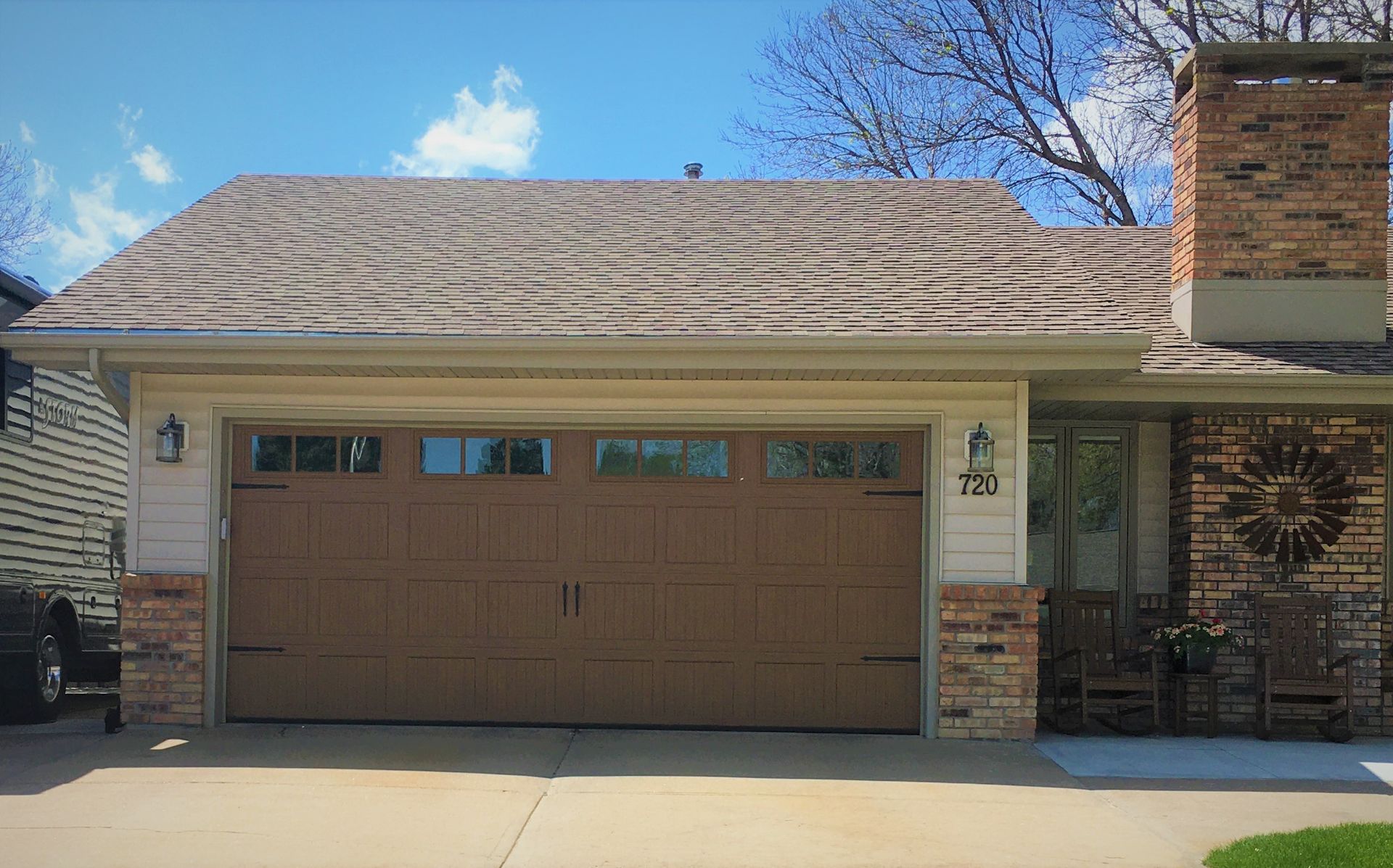The weather can have a huge impact on your roof. Understanding the challenges each season brings can help protect and extend your roof's life. Let’s dive into how weather affects your roof and tips for year-round protection.

The Effects of Rain, Snow, and Heat on Roofs
Rain: Continuous rain can cause leaks, mold, and erosion, especially if your roof’s seals are compromised. Standing water may also damage shingles and encourage wood rot.
Snow and Ice Accumulation: Snow accumulation can put pressure on your roof, causing sagging or even collapse. Ice dams, which form when melting snow refreezes, can also block drainage and lead to leaks.
Extreme Heat: Heat can warp, crack, or buckle shingles, and the constant expansion and contraction of roofing materials in hot weather can weaken the roof’s structure over time.
Preparing Your Roof for Extreme Weather
Preparing your roof for extreme weather is crucial. Here are some steps to help you keep your roof in good condition throughout the year:
- Inspect and clean gutters: Make sure your gutters are free from debris to avoid water backup during heavy rains or melting snow.
- Examine your shingles: Replace damaged or missing shingles before the weather worsens to avoid leaks and further damage.
- Check for cracks: Look for cracks or gaps and seal them to prevent water from seeping into your roof during storms or snowmelt.
- Inspect your insulation: Good insulation not only boosts energy efficiency but also prevents ice dams from forming during the winter months.
Regular Roof Inspections and Repairs
To keep your roof in peak condition, Weathercraft suggests having it inspected twice a year—once in spring and once in fall. We’ll identify weather-related damage and make recommendations for repairs and upgrades to protect your roof from harsh weather.